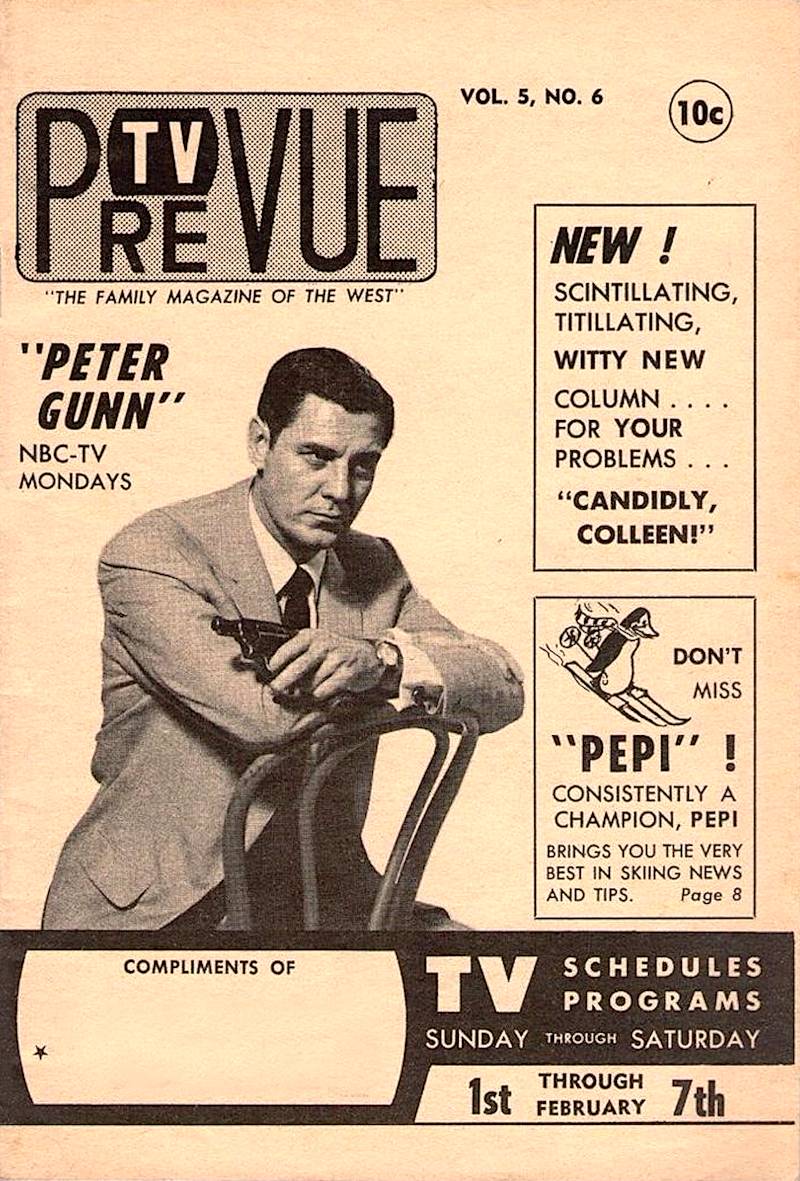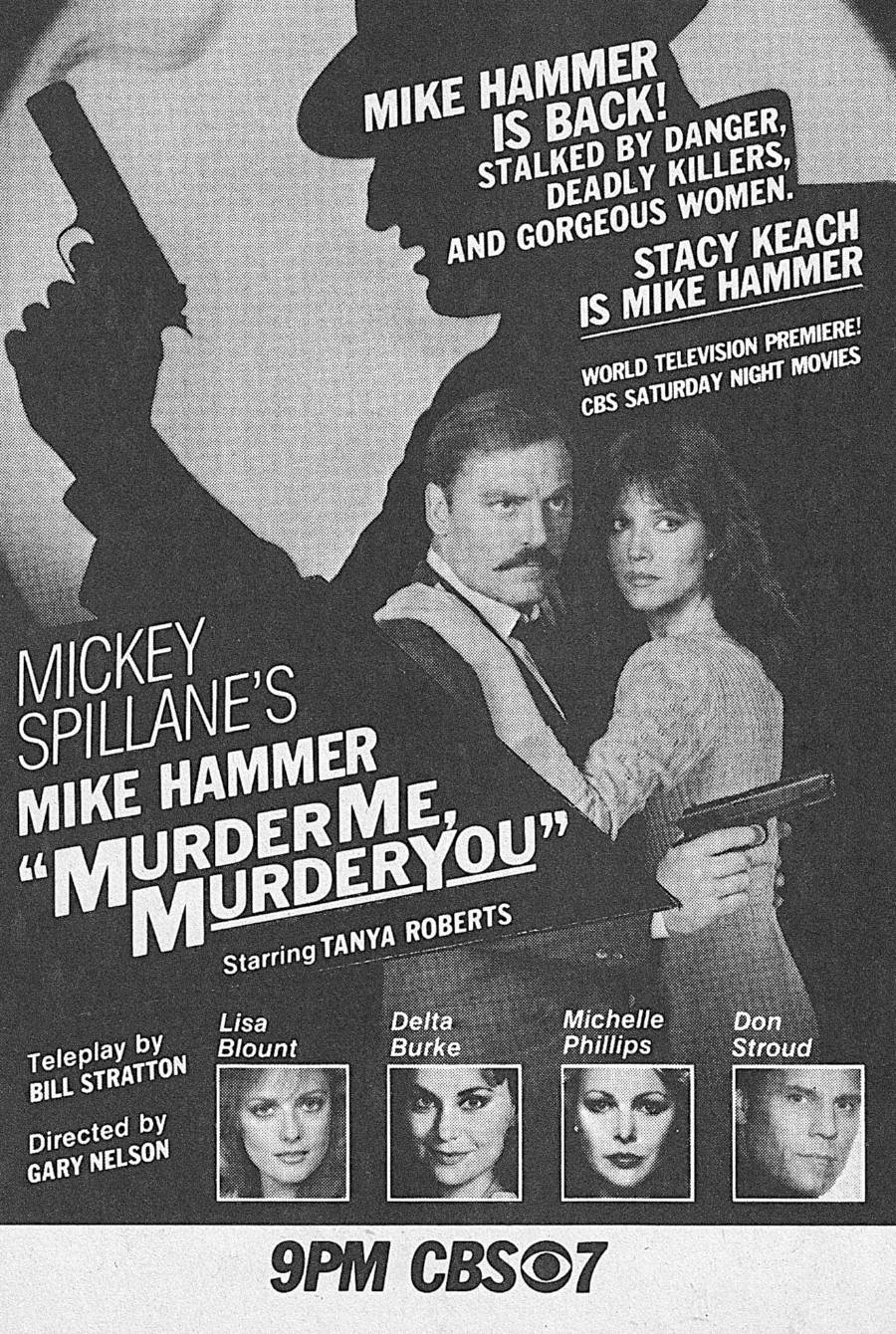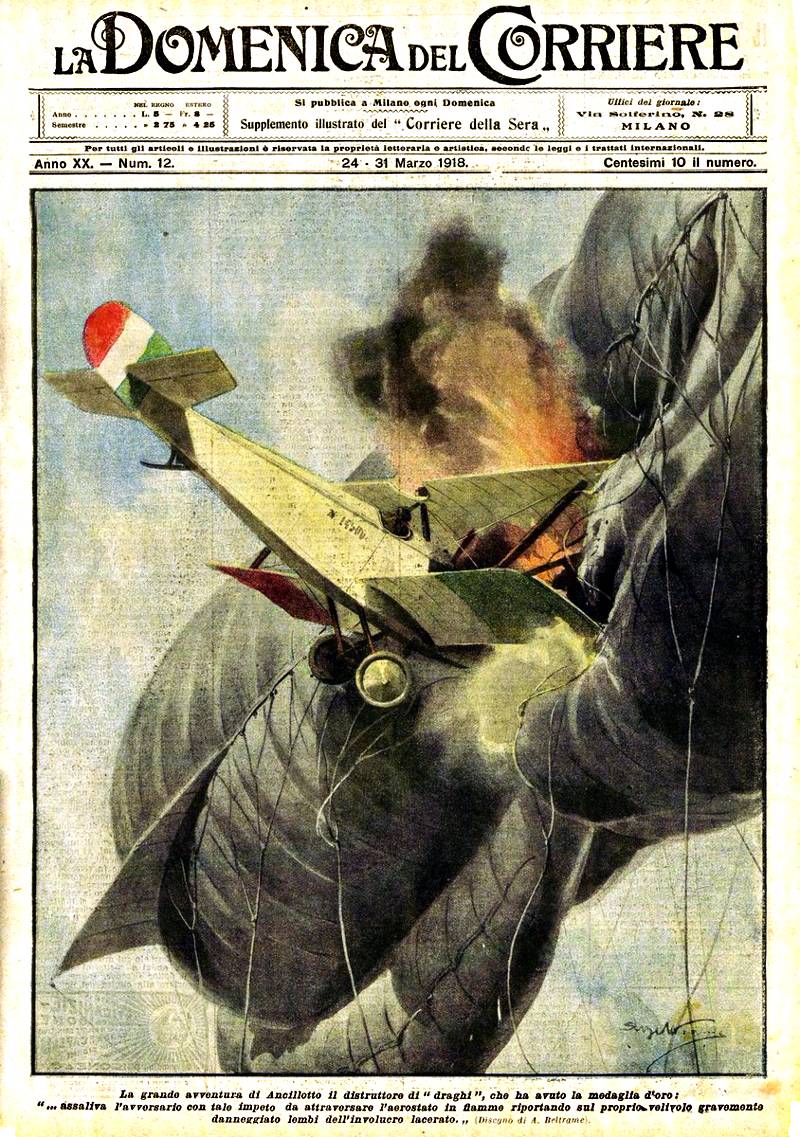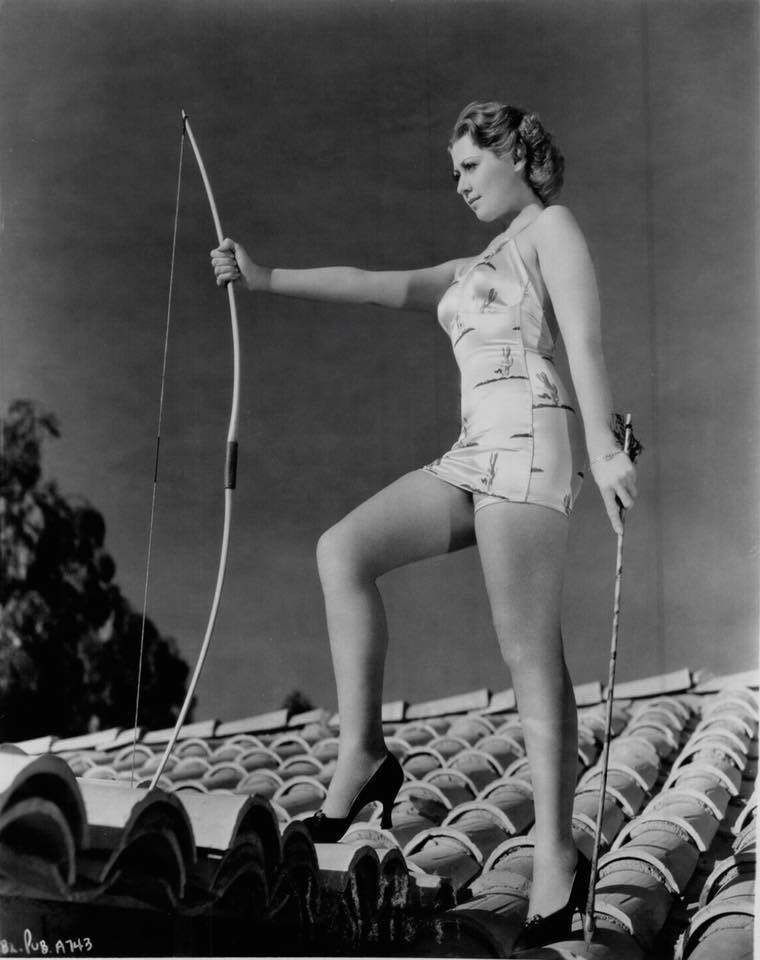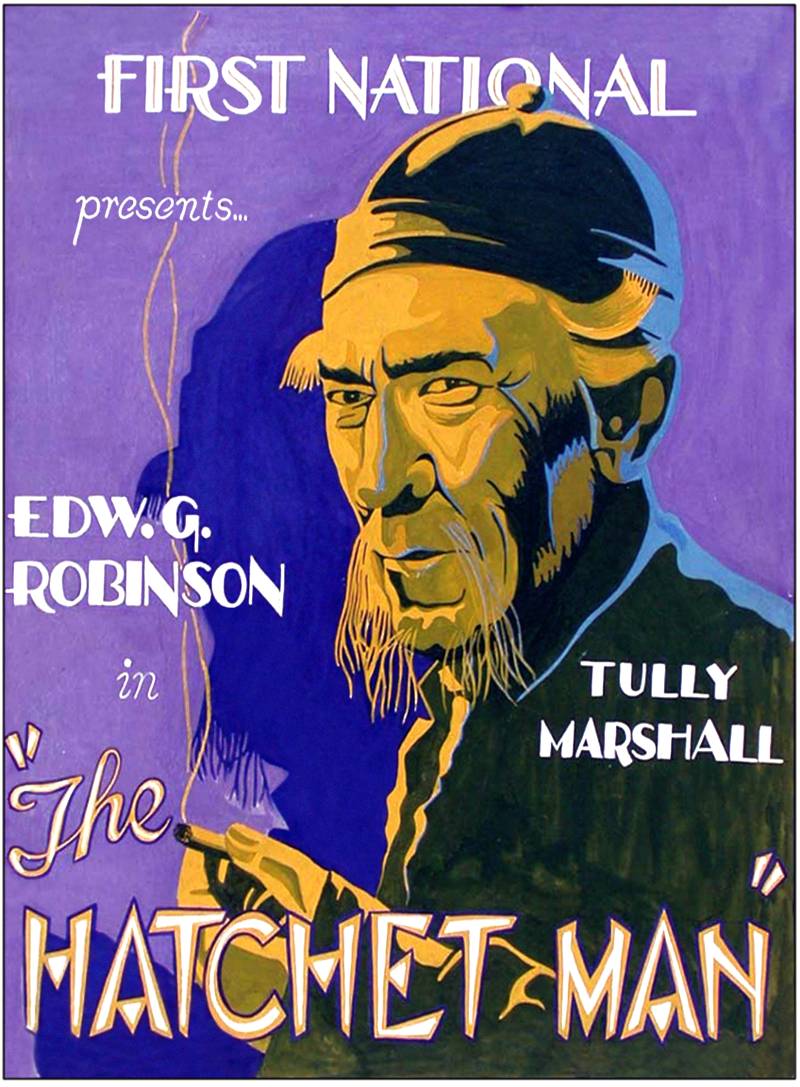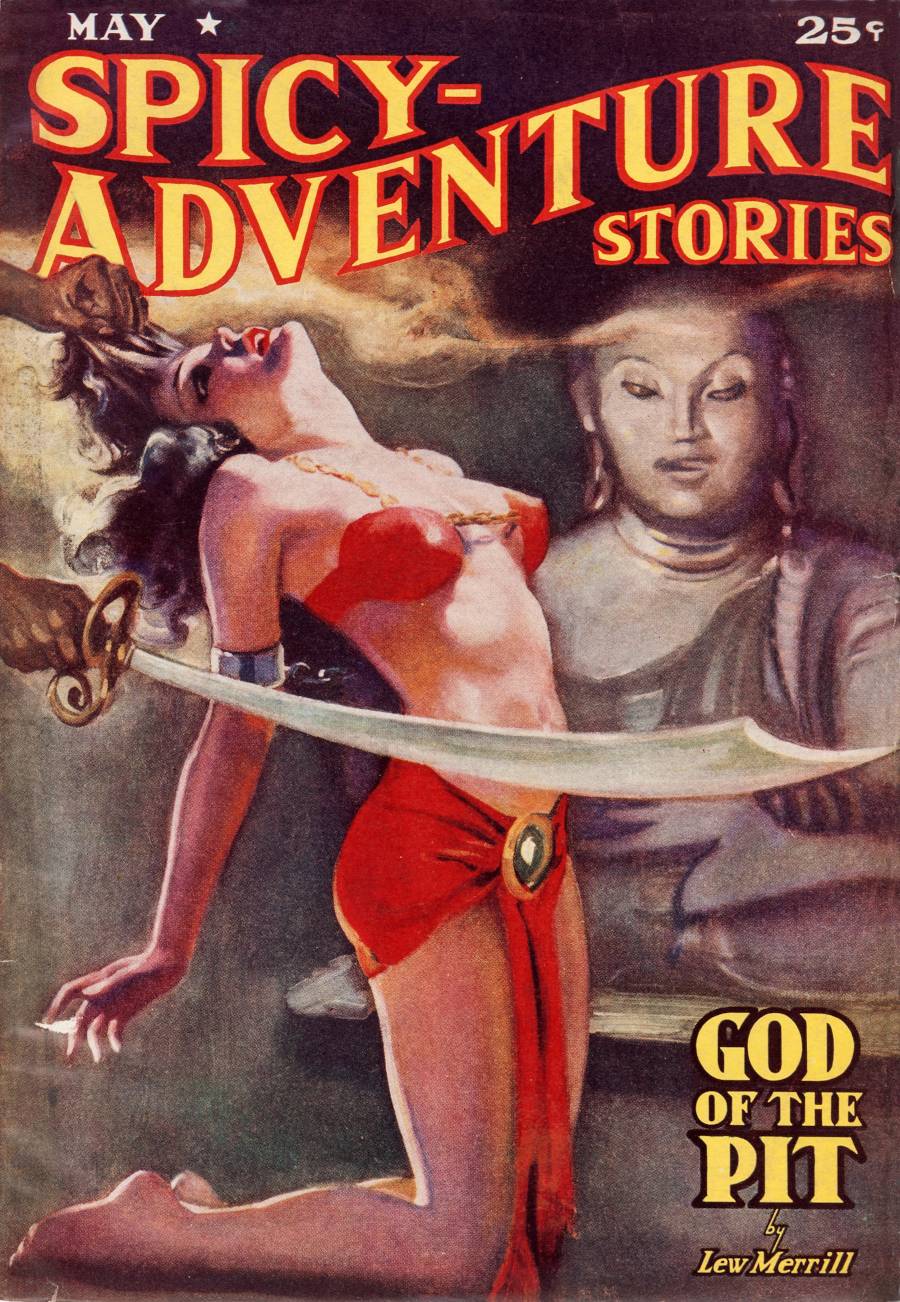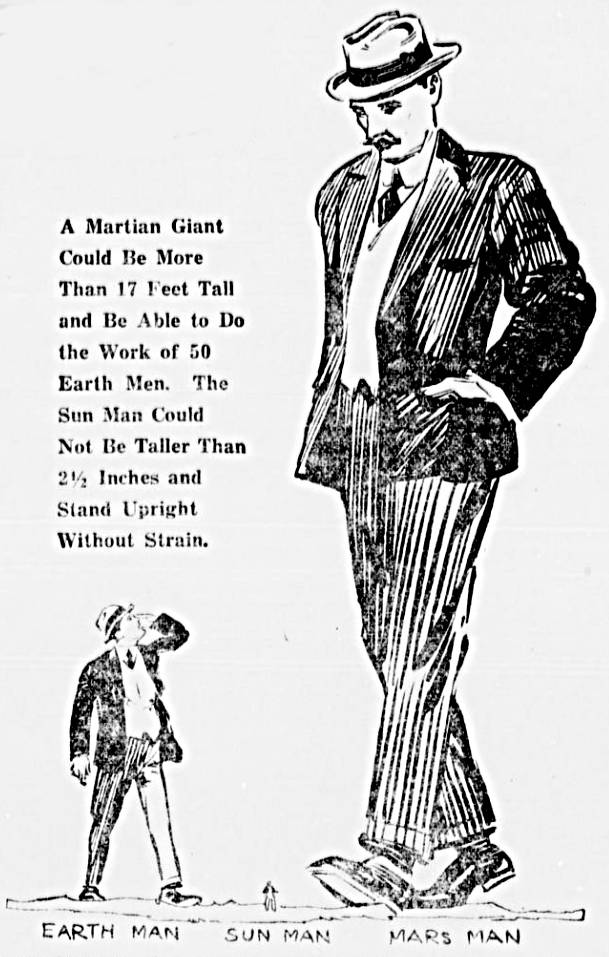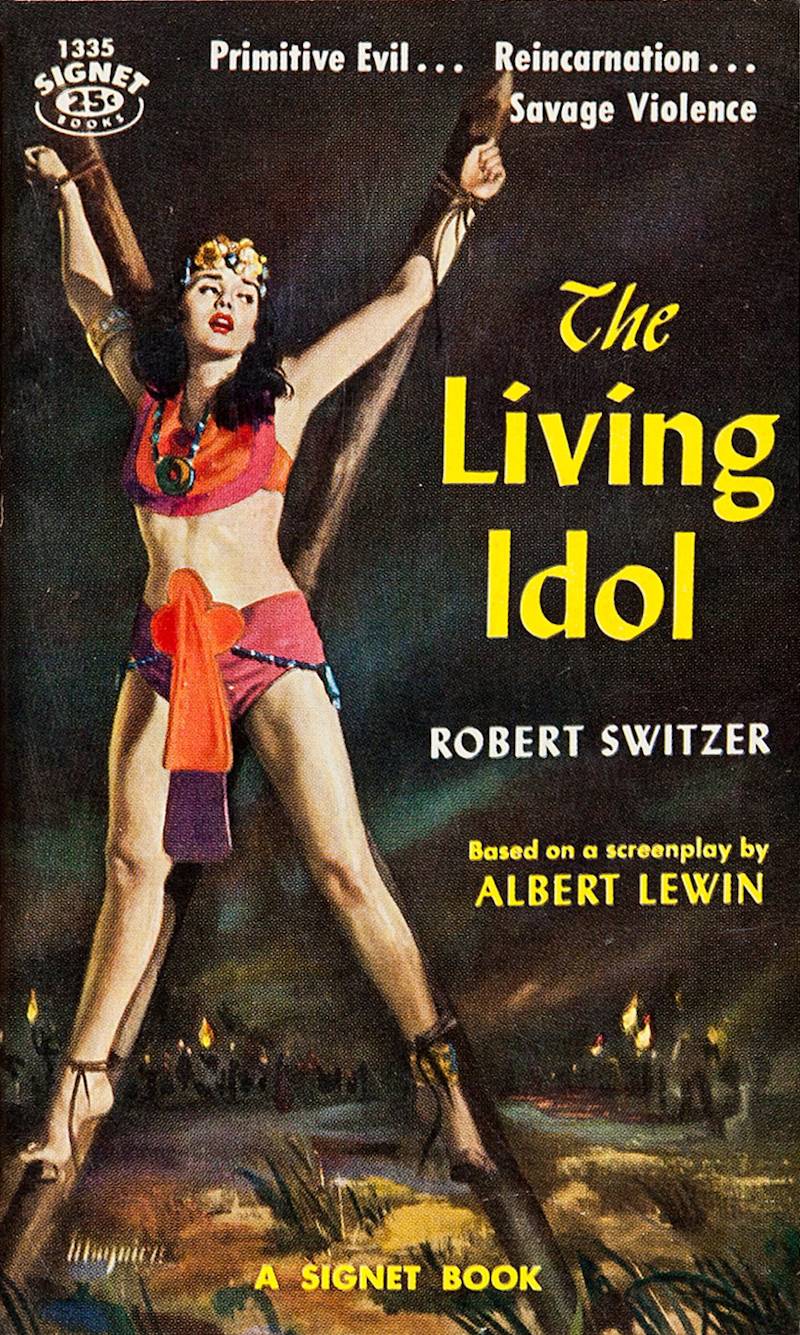Month: June 2020
Murder Me, Murder You
Williams Shaving Cream
Let’s Call It Newtonium! 1904
New Theory of Ether.
The ether is the supposed medium, filling all space and interpenetrating all bodies, by which the waves of light and other forms of radiant energy are transmitted. Many theories of the nature of the ether have been proposed. The latest comes from the famous chemist, Mendeleef, who thinks the ether may be a chemical element, so light that the velocity of its molecular vibrations is sufficient to render it independent of gravitation. If its atomic weight is supposed to be one millionth of that of hydrogen, it is believed it could escape the attraction of the largest bodies in the universe. Mendeleef proposes for it the name newtonium.
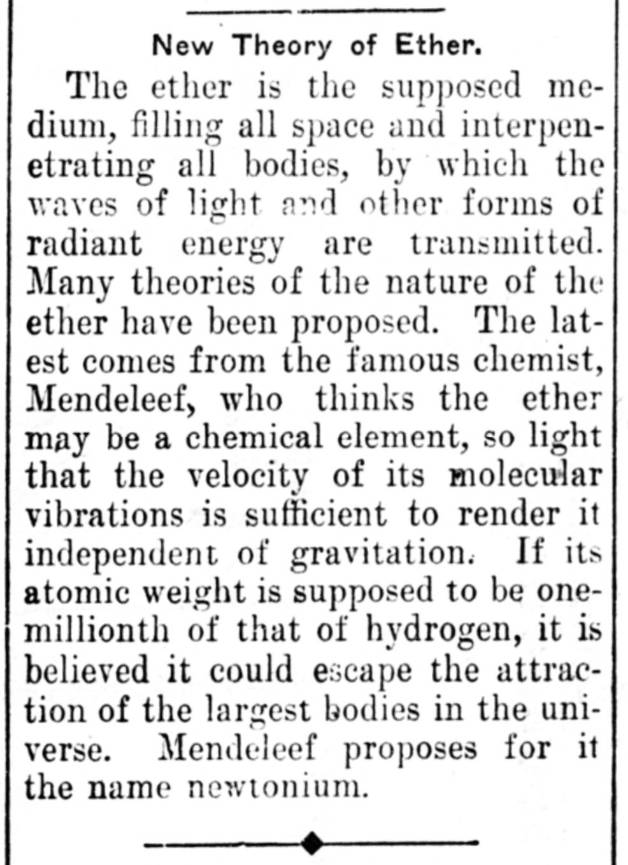 Continue reading “Let’s Call It Newtonium! 1904”
Continue reading “Let’s Call It Newtonium! 1904”
Domenica Del Corriere, Mar 24, 1918
Blondell on a Hot Tile Roof
The Hatchet Man, 1932
Spicy Adventure Stories, May, 1938
Marvels of Gravitation
“If an ordinary man touches the ground with his feet over an area of about 50 square inches,” this writer explains, “our Martian would stand on 3x3x50 equals 450 square inches. If, then, we figure out the number of pounds borne by each square inch, we find for the ordinary man on earth 150 divided by 50 equals 3 pounds. For the Martian 17 feet 6 inches high we find 1350 divided by 450 equals 3 pounds, just the same. We see, therefore, that the Martian could be built on three times the scale in height, breadth, and depth as an ordinary man; and though he would on earth weigh more than two tons, this would not put any greater tax on his feet on Mars than that which is normal for us on earth. Yet this Martian giant, though in no way encumbered by his own weight, would be 27 times as powerful as an earth-man. In certain special operations where the work consists in overcoming gravity, such as digging canals, he could accomplish 3×27 equal to 81 times as much as an earth-man on earth, since Martian gravity is only one-third that of Earth.” Excerpt from the Burlington Weekly Free Press, Burlington, VT, December 11, 1919
